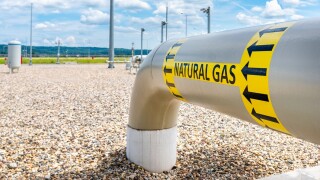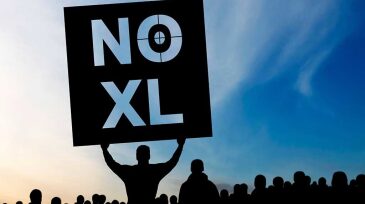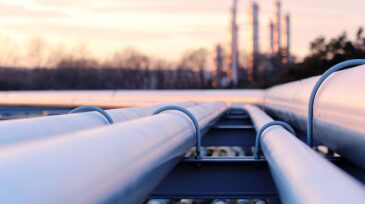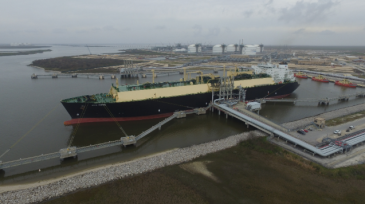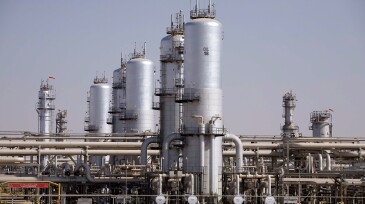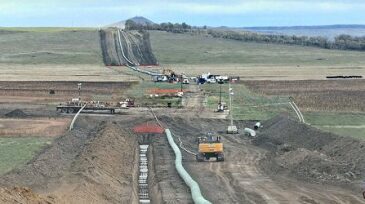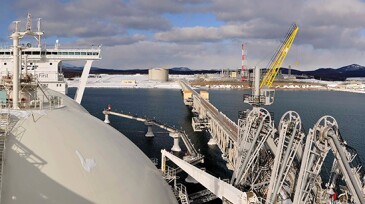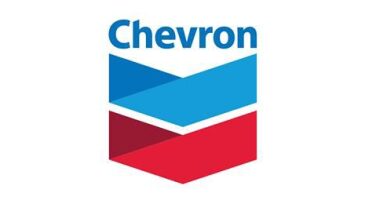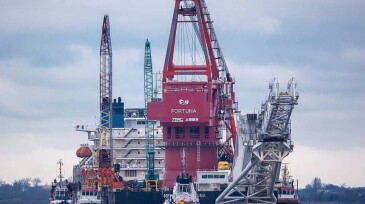Midstream
Project financing raised by JP Morgan will enable YPF and its partners Eni and ADNOC’s XRG to launch Phase 2 of Argentina LNG, boosting production to 18 mtpa by 2030-2031.
The Gorgon Phase 3 project will counter declining reservoir pressure to sustain gas supplies to Western Australia’s domestic market and support LNG exports to Asia.
The Denver-headquartered shale producer will become a pure-play operator of the Marcellus Shale in West Virginia.
-
The company's CEO said future plans for the 1,200-mile-long pipeline have been officially terminated.
-
President Biden is seeking plans from pipeline operators aimed at curbing methane emissions in their daily operations.
-
Pembina and Kinder Morgan both add substantial infrastructure in separate deals valued at a combined $8 billion.
-
Shell cargo was deemed carbon-neutral because of offsets purchased by the LNG provider from the oil company’s global, nature-based projects.
-
Under pressure from the Kingdom to help boost the private sector’s contribution to Saudi Arabia’s GDP to 65% by 2030, Aramco secures a cash payout of $12.4 billion in one of the world’s largest energy infrastructure deals ever.
-
The US Army Corps of Engineers deferred any decision to shut the line back to the district court.
-
The Gas Exporting Countries Forum (GECF) forecasts in its annual global gas outlook that natural gas will comprise nearly a third of the global energy mix by 2050 and fuel more than half of the world’s electricity production. So, when it comes to fixing climate change, natural gas is one fossil fuel that can’t be dismissed. The 11 countries comprising the GECF control…
-
Added assets raise its Delaware Basin daily disposal capacity to more than half a million barrels.
-
Oil major boosts its initial offer for transmission assets.
-
Massive Russian Baltic Sea gas export line faces scrutiny, sanctions from the West.



